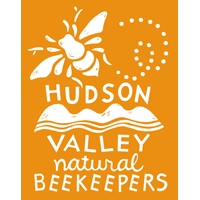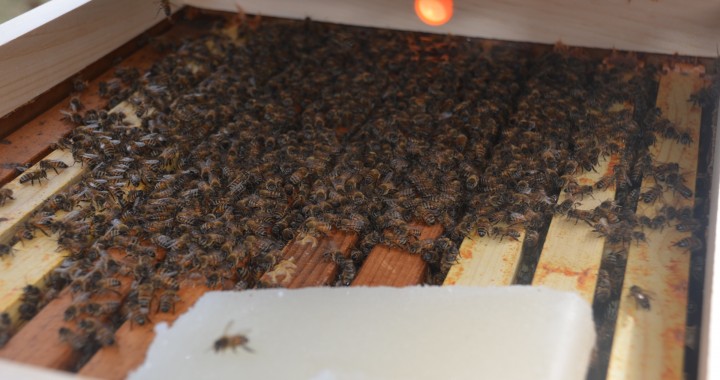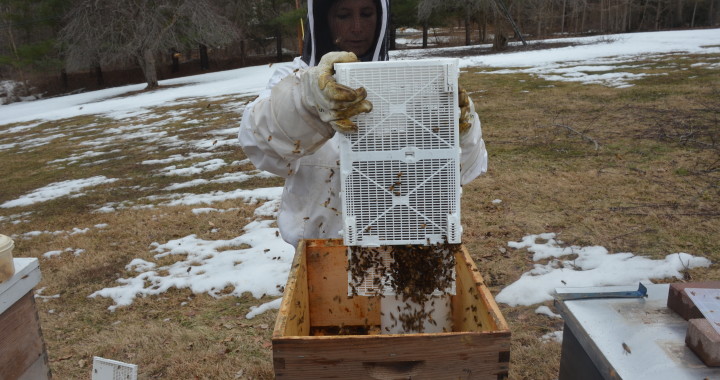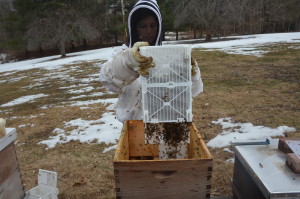With the new year literally around the corner, it is most definitely time to plan for the upcoming beekeeping season.
In the northeast region, however, with the unseasonably warm weather, it is first essential to be taking stock of our existing hives.
When temperatures are more seasonable, that is “colder”, honeybees cluster and consume only about a third of the volume of food that they would otherwise consume.
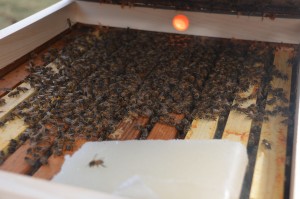 Given that temperatures have been well above normal, honeybees have been out flying much more frequently than in a typical winter. In fact, they may be out looking for nectar and pollen sources that aren’t available. While some people have reported that their crocuses started to come up in December, there’s nowhere near enough supply for the honeybees. As a result, the bees may be consuming much more of their honey stores than they would ordinarily do. This means that we beekeepers will most likely need to supplement their food supplies to help them get through the remainder of the winter — until new pollen and nectar become available in early spring.
Given that temperatures have been well above normal, honeybees have been out flying much more frequently than in a typical winter. In fact, they may be out looking for nectar and pollen sources that aren’t available. While some people have reported that their crocuses started to come up in December, there’s nowhere near enough supply for the honeybees. As a result, the bees may be consuming much more of their honey stores than they would ordinarily do. This means that we beekeepers will most likely need to supplement their food supplies to help them get through the remainder of the winter — until new pollen and nectar become available in early spring.
Consider making fondant (hard sugar candy) and placing it above the supers and below the inner cover (and below any additional insulating supers or boards you may have in your hive). You will need to use a shim, or spacer, so that there is enough room to place the fondant on the top of the frames. You can make this out of wood by yourself or grab one for each hive from a bee supplies company.
Best of all, there is no downside to provide the fondant for them. If they need it, it’s there. If they don’t need it, you can discard it in the spring.
Need a recipe? Try this one: Fondant_for_Winter_Feeding.
If you have other suggestions, please feel free to share them with us.
In the mean time, best wishes for a Hap-bee New Year!
